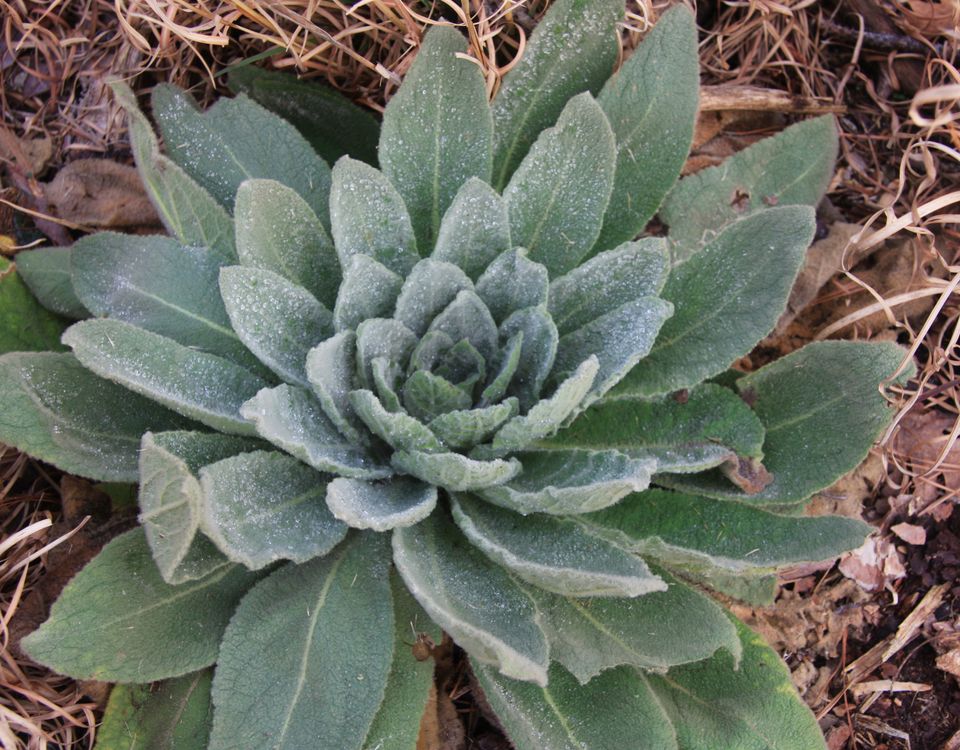III: Tar
Four tall tales about tar

Good morning. Today is tridi, the 3rd of Nivôse, Year CCXXXI. We celebrate le bitume, the sticky stuff we use to make roads.
First, let's get a thing straight: yes, there is a difference between bitumen, tar, and asphalt. Without getting into geology or chemistry too deeply, "bitumen" is naturally occurring oil sludge, "asphalt" is man-mixed oil sludge, and "tar" is coal sludge. The difference between oil and coal is whether the fossil fuel was made of just plant stuff (coal) or plant and animal stuff (oil). So you can turn bitumen into tar through distillation, but not the other way around.
Does any of this matter? Not for what we're about to discuss, no. But here's a video on why people give a crap about the distinction:



